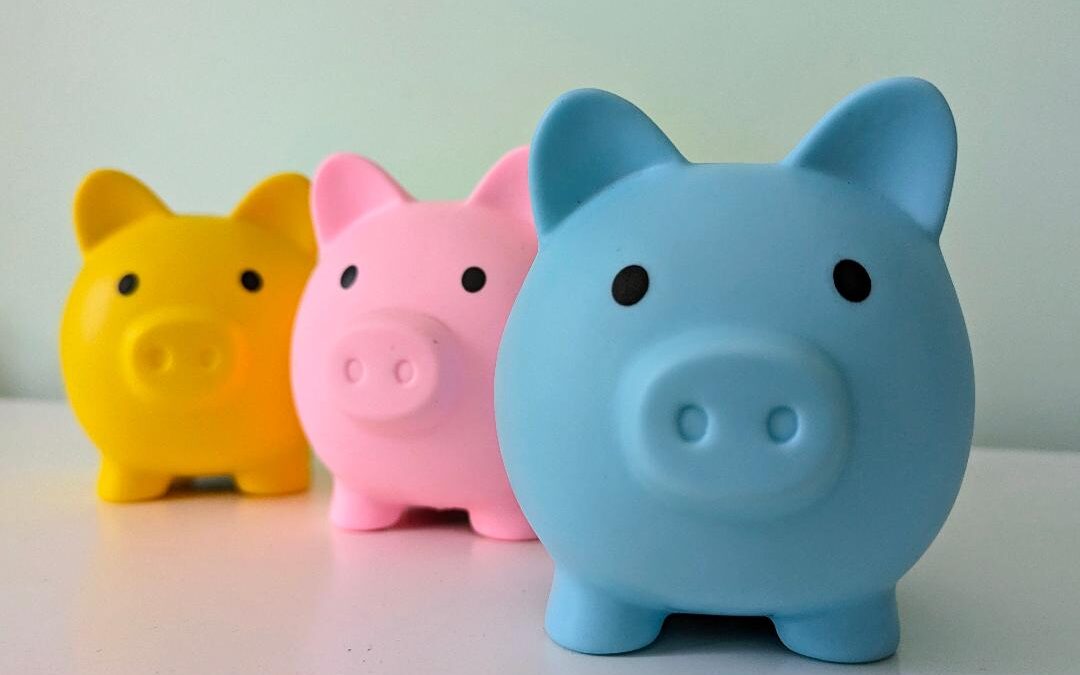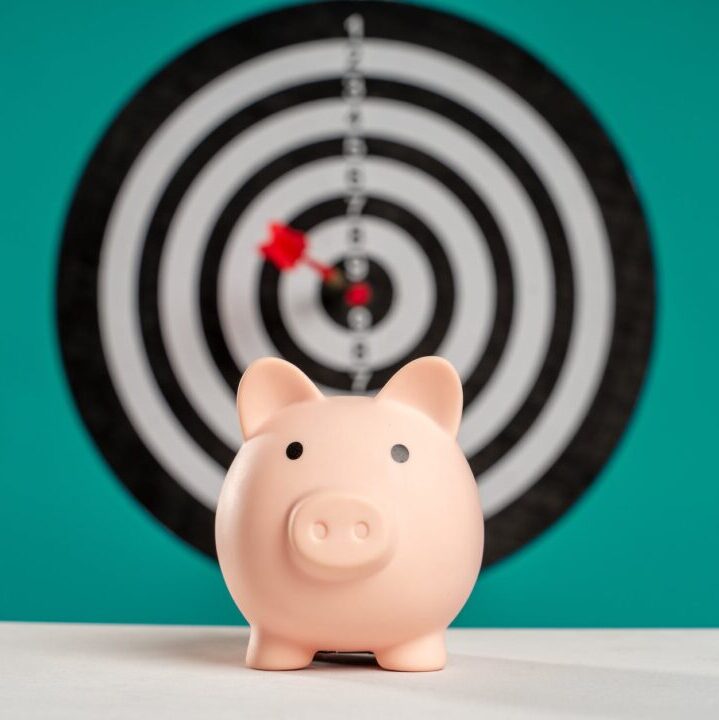



The end of the tax year is fast approaching
The tax year end is fast approaching so make the most of your tax advantages before 5th April. Take some time to review your finances and ensure you are taking advantage of the tax allowances and reliefs available. We’ll cover several of the main tax reliefs, allowing you to keep more of your hard-earned cash.
No tax on ISA income
Individual savings accounts or ISAs offer tax-free income and growth on your savings and investments. For the 2024/25 tax year individuals can contribute up to £20,000 to ISAs and pay no tax on ISA income. You can spread the ISA allowance across different ISA types. Consider Cash ISAs and earn interest on your cash savings tax-free. Stocks and shares ISAs offer potentially higher returns but there is risk involved. Look to invest for the longer term with dividends and capital gains free from tax. The Lifetime ISA or LISA allows you to save for retirement or a home with a government bonus of up to £1,000 per year.
Boost your pension and get tax relief
If you have some spare cash, why not boost your pension and get 20% tax relief at the same time? Contributing to a personal pension works towards securing your financial future and you get an additional boost from the government as tax relief. For every £80 you contribute, HMRC adds another £20 or 25% (or 20% on the gross contribution of £100). That’s a quarter extra that can be working hard for you benefitting from compounding returns. Higher rate taxpayers must complete a self assessment tax return to receive the full pension tax relief.
Personal savings allowance
UK individuals have an annual personal savings allowance of £1,000, which means you can earn up to £1,000 of savings interest and not pay any tax. If you have a decent amount of cash savings and are likely to earn more than this in interest, consider moving the cash to an ISA to avoid tax. For higher rate taxpayers the savings allowance is £500 per year.
Starting savings rate allowance
The starting rate allowance benefits individuals on lower incomes. The rate allows you to earn up to £5,000 interest on your savings tax-free if your total income does not exceed £12,570. You still receive the personal savings allowance of £1,000 on top of the £5,000. This means an individual with a total income of £12,570 or less can earn £6,000 of interest tax-free. The starting savings rate allowance is reduced by £1 for every £1 of income earned over the personal allowance of £12,570.
Someone earning £13,570 is entitled to £4,000 of the starting rate allowance and £1,000 personal savings allowance (PSA). This means they can earn interest of £5,000 tax-free. Once earnings are £17,570 and above individuals lose the starting rate allowance (£12,570 + £5,000) and only receive the £1,000 per year PSA.
Marriage tax allowance
The marriage tax allowance is a tax benefit that allows a married person or someone in a civil partnership to transfer £1,260 of their personal allowance to their partner. This can save a couple £252 in tax for the year. To qualify for the allowance the following must apply:
- You must be married or in a civil partnership.
- You don’t pay income tax, or your income is below your personal allowance (£12,570).
- Your partner must be a basic rate taxpayer earning between £12,570 and £50,270 a year.
The marriage allowance can be backdated to include any tax year since 5th April 2019 that you were eligible for the allowance.
Marriage Allowance: How it works – GOV.UK (www.gov.uk)
Capital gains tax allowance
The annual capital gains tax allowance for 2024/25 is £3,000. This means any capital gains on assets such as stock market investments or second properties are tax-free up to £3,000. Any gains above the £3,000 allowance are taxable at 18% for basic rate taxpayers and 24% for higher rate taxpayers.
Investing in the stock market using a stocks and shares ISA wrapper protects both your income and capital gains from tax. You can invest up to £20,000 a year in an ISA tax-free.
Utilising these tax benefits can help you make the most of your tax advantages, saving you money and growing your wealth over time.